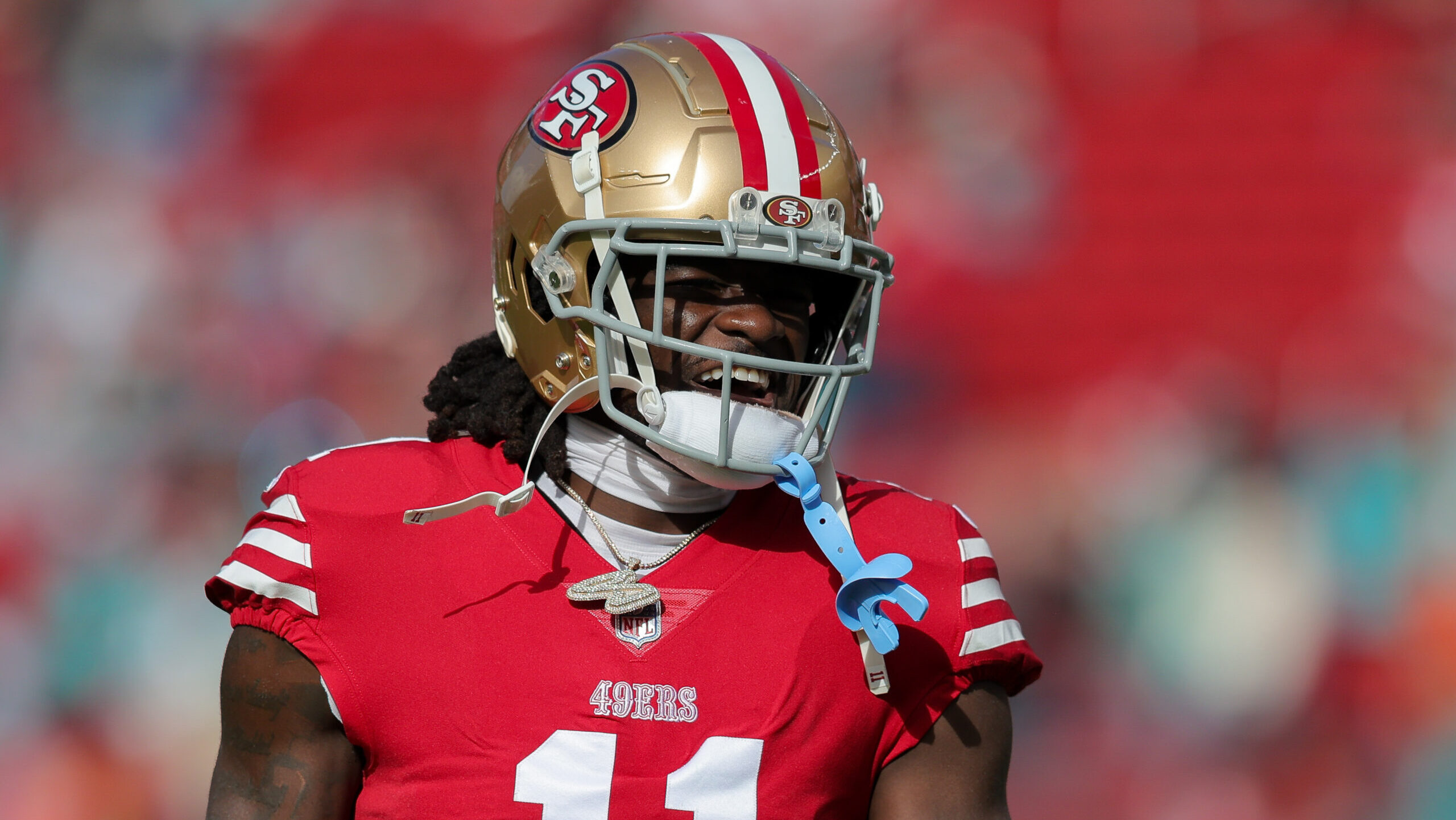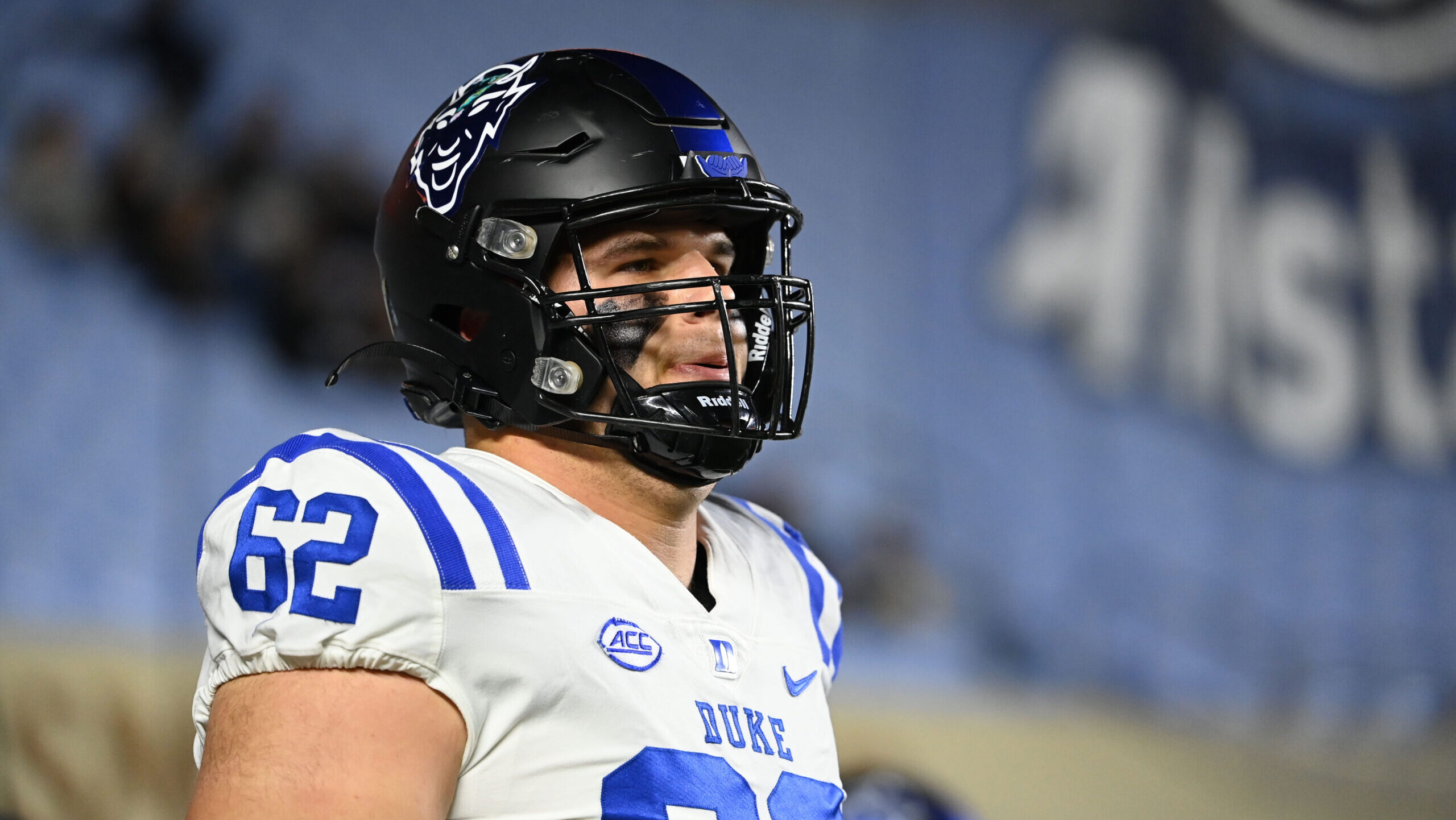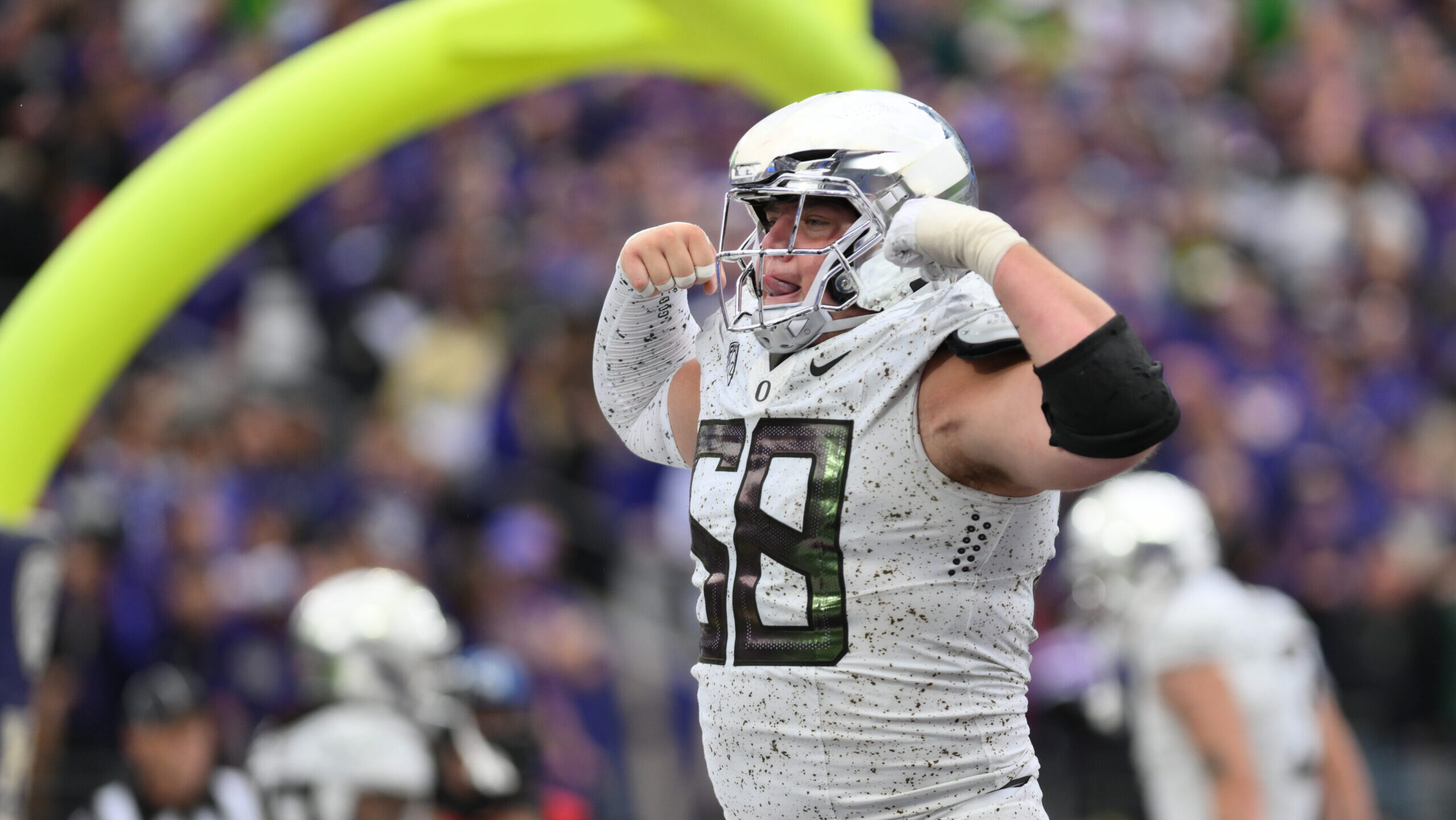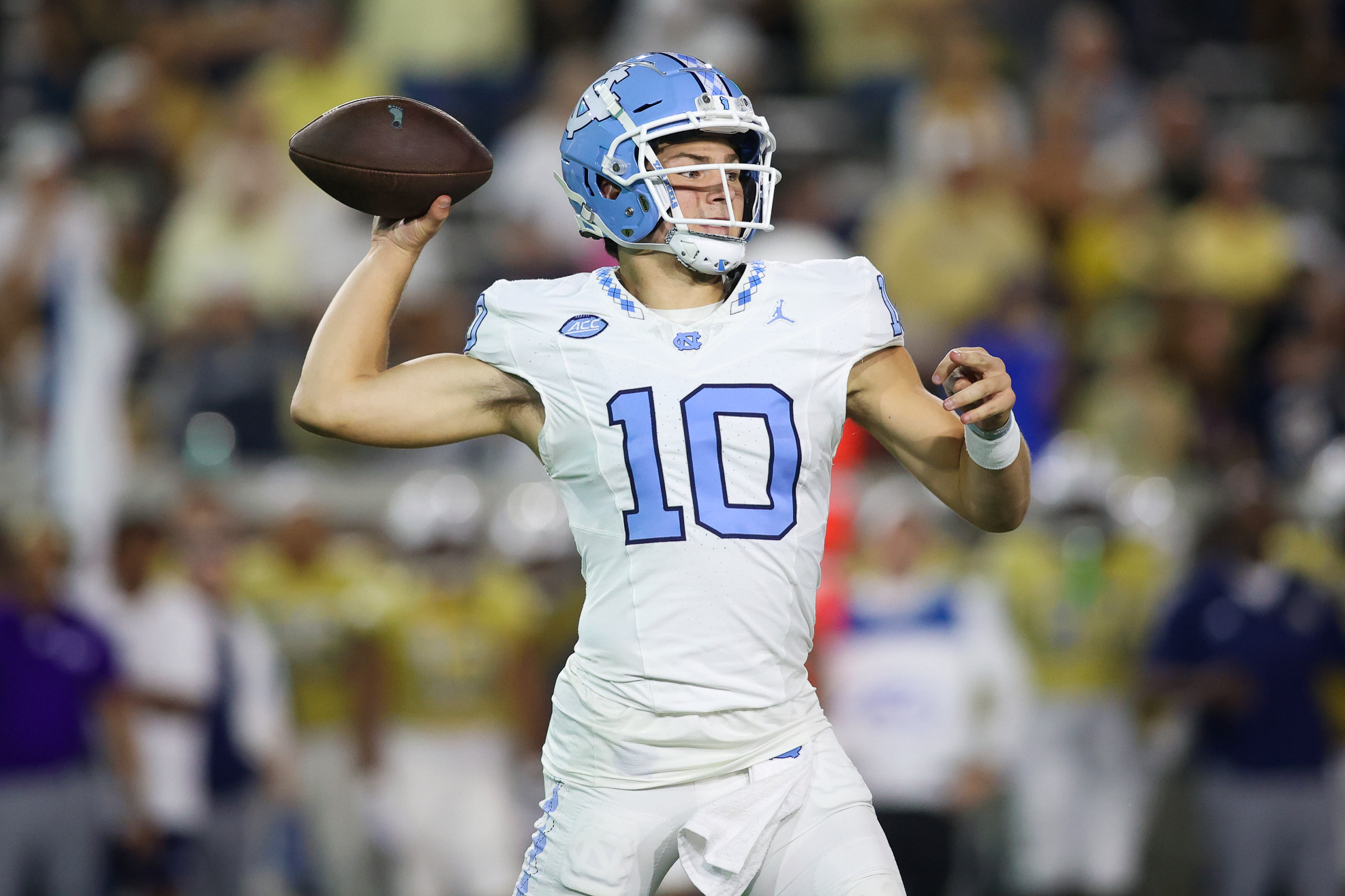Analysis
5/8/23
5 min read
NFL Offenses Turning to Tight Ends to Counter Defenses' Adjustments

Football is a game of strategy, but never forget, football is also a game of tactics. It's not just what you're trying to get done but how you're doing it.
Eleven personnel — one running back, one tight end and three wide receivers — has been the No. 1 formation or personnel grouping of NFL offenses for several years. However, teams are starting to use more tight ends. Twelve personnel — one running back, two tight ends and two wide receivers — is the No. 2 formation in the NFL, and its usage is increasing.
Let's look at the most successful teams in 12 personnel from the 2022 season. Expected points added (EPA) measure how successful a team is vs. expectation.
The top two teams in the league for EPA in 12 personnel were the Philadelphia Eagles and the Kansas City Chiefs — last season's Super Bowl participants. The Buffalo Bills and the Las Vegas Raiders finished last in 12 personnel EPA. Those teams took steps to rectify that in the 2023 NFL Draft by selecting a tight end with a top-35 pick.
The Bills traded up to No. 25 to select Utah's Dalton Kincaid, and the Raiders selected Notre Dame's Michael Mayer at No. 35 overall. Let's dive into what kind of players these tight ends are and how they'll affect future personnel usage.
Why 12 Personnel Is Rising
Tight Ends Make a Difference
Last year, Buffalo was last in the league in points scored out of 12 personnel, so it clearly identified a need. A player like Kincaid might not be a typical 12-personnel tight end. With 11 personnel including three wide receivers and 12 personnel using two tight ends and two receivers, calling Buffalo's version "11 1/2 personnel" makes sense because Kincaid (6-foot-4, 240 pounds) is more of a receiving threat than an in-line blocker.
The Detroit Lions took the second tight end at No. 34 overall, Iowa's Sam LaPorta (6-foot-4, 249 pounds), and then Mayer went off the board to the Raiders one pick later.
Why is this trend happening? Teams are adapting to 11 personnel (three wide receivers) by running a lot of nickel defense. That means there are lighter players in the secondary trying to cover wide receivers in the slot.
So how are offenses adapting to that? Some are just adding another tight end to the mix. But what if a team has a hybrid-type tight end like Kincaid? That type of player can line up in the backfield, inline or at the line of scrimmage. He forces defenses to decide what kind of personnel they will use to defend him.
Will they put an extra cornerback on the field? Will they insert an additional safety? Do they need some sort of hybrid player to cover up this bigger player who could move out to the slot? That's what you'll see from Kincaid and a number of these young tight ends for years to come.
Versatility Is Key
Teams will use more tight ends, and they will use them in different ways. This is the adaptation offenses are coming up with to force defenses into personnel conflicts because nickel defenses will be too small to defend the heavier offensive players on the field.
Versatility is a big part of this adaptation for offenses. Teams want as many versatile pieces as they can get.
Everybody would love to have a player like San Francisco 49ers WR Deebo Samuel, but those players don't grow on trees. Neither do players like Atlanta Falcons RB Cordarrelle Patterson. There aren't many players who are wide receivers playing running back.
It works the other way, too. Players like 49ers RB Christian McCaffrey and Los Angeles Chargers RB Austin Ekeler are backs who can line up and play slot wide receiver because they're not just running out to the flat; they're running every route on the route tree.
Look at this year's draft. The Atlanta Falcons took RB Bijan Robinson eighth overall, and the Lions picked Jahmyr Gibbs 12th overall. What kind of players are they? They are the kind of players who can line up in the backfield and shift to line up as wide receivers. Both Gibbs and Robinson had more than 300 yards receiving last season.
So the more versatile pieces a team has the better: Wide receivers who can play running back and running backs who can play wide receiver are obvious. But don't forget about tight ends who can be in-line blockers, slot wide receivers, and sometimes play a true fullback role to help with a gap-power scheme.
Those are the most dangerous pieces defenses have to account for because with how offensive personnel has trended during the past few years, defenses have gotten smaller and lighter.
So the pendulum has swung back, and offenses are going back to heavier personnel. What's past is a prelude in the sense teams will go back to more gap schemes. But what kind of players will they need to run that? As many hybrid-type players as they can get.
Robert Smith is a former NFL running back for the Minnesota Vikings and a two-time Pro Bowler. His career with the Vikings earned him a spot on the 50 Greatest Vikings list. Follow him on Twitter at @Robert26Smith.








